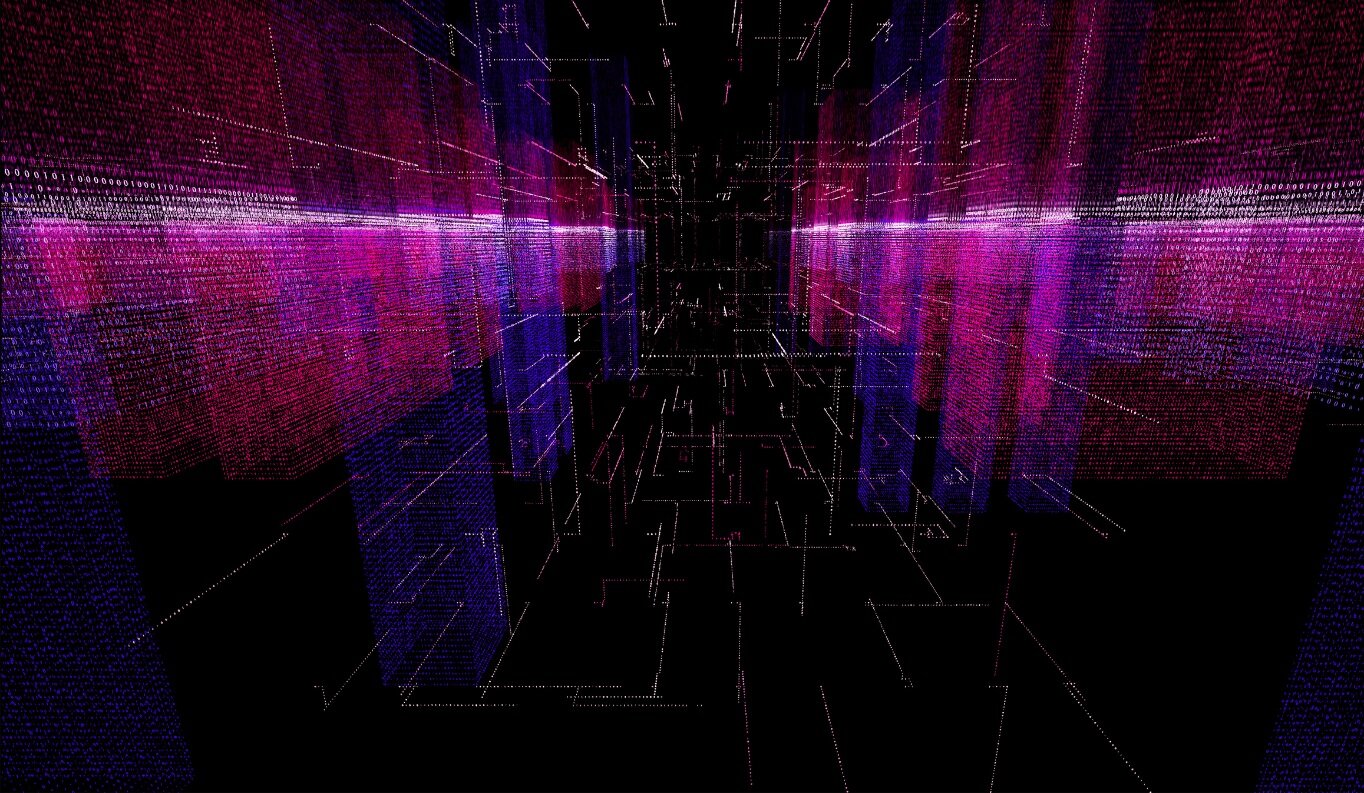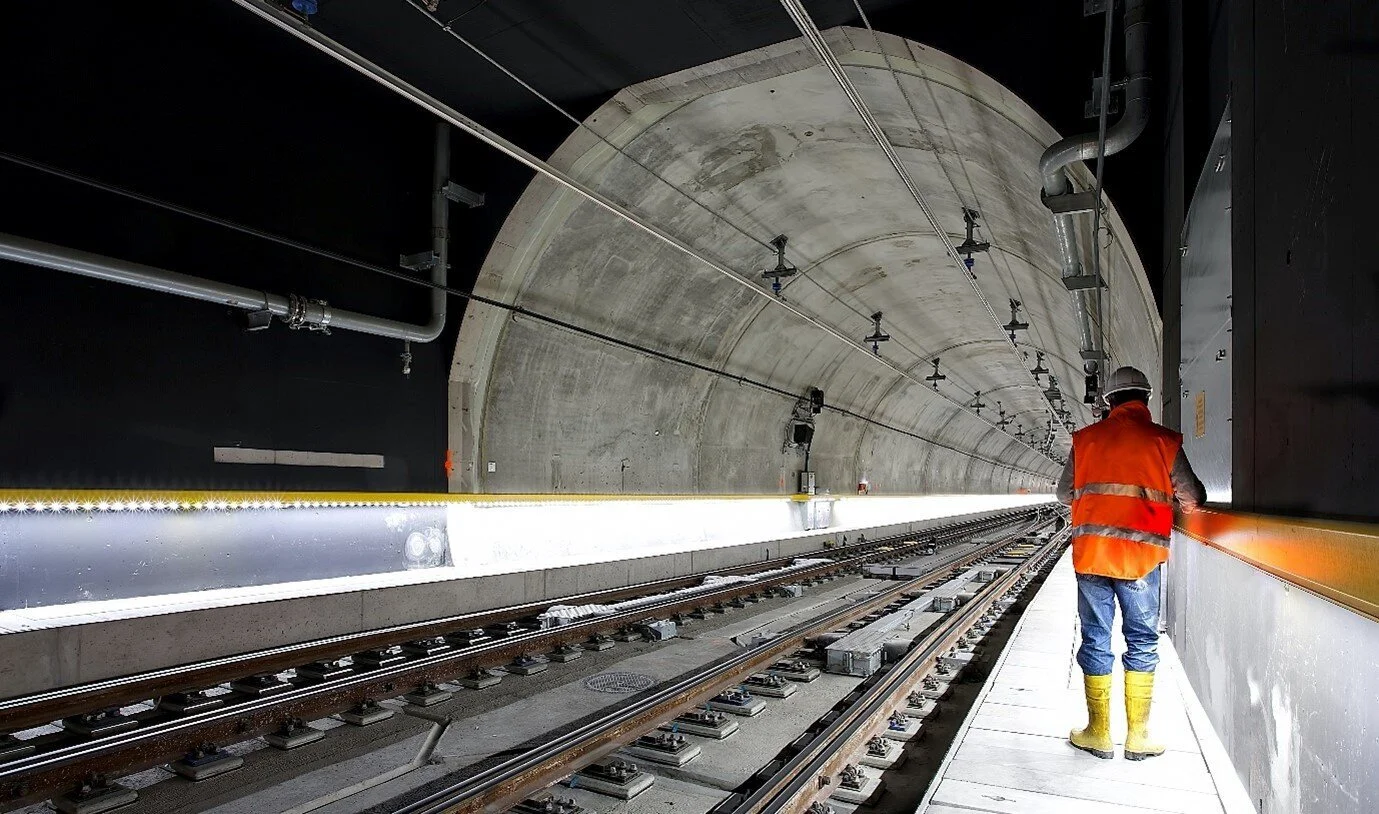
Stay up to date with the latest News
Case Studies, news, partner collaborations and more.
Looking into Construction’s Digital Future – Part 3
The construction industry holds vast of opportunity for digital disruption. As the last of all global industries to embrace sector-wide technological transformation, it now lags others in terms of productivity and financial returns. Construction schedules typically overrun deadlines by 20% and budgets by as much as 80%. In some areas, productivity has declined since the ‘90s and profits are often low and volatile.
Looking into Construction’s Digital Future – Part 2
The construction industry holds vast of opportunity for digital disruption. As the last of all global industries to embrace sector-wide technological transformation, it now lags others in terms of productivity and financial returns. Construction schedules typically overrun deadlines by 20% and budgets by as much as 80%. In some areas, productivity has declined since the ‘90s and profits are often low and volatile.
Looking into Construction’s Digital Future – Part 1
The construction industry holds vast of opportunity for digital disruption. As the last of all global industries to embrace sector-wide technological transformation, it now lags others in terms of productivity and financial returns. Construction schedules typically overrun deadlines by 20% and budgets by as much as 80%. In some areas, productivity has declined since the ‘90s and profits are often low and volatile.
DIGITISATION OF THE ENGINEERING AND CONSTRUCTION SECTOR - PART 2
In this article, we address the remaining three areas that impact the successful implementation of new software and digital tools throughout an engineering and construction (E&C) organisation: collaboration, team skills and structures, and adjusting expectations to realise value.
DIGITISATION OF THE ENGINEERING AND CONSTRUCTION SECTOR - PART 1
Failed attempts at digitisation in the engineering and construction (E&C) sector are common. Streamlining fragmented construction projects and implementing cross-stakeholder digital solutions can be arduous and in many cases, nearly impossible to get 100% buy-in from each party. To date, the E&C sector has been the slowest to adopt and adapt to newer technologies than all other global sectors.
5 Real World Examples of Digital Twins
Imagine being able to test scenarios for your products, processes or facilities before adopting them for your business. That’s what digital twins are for. Already, companies around the globe are creating and using this technology to improve processes, supply chains, facilities management and more. Below are just a few examples of how digital twin technology is transforming a range of different industries along with the fabric of our lives.
What are Digital Twins and why do they matter?
The idea of digital twins began way back in the 70s with NASA’s use of pairing technology. They created a system that mirrored the vehicles they sent to space. This is how they determined the best course of action for rescuing the astronauts from Apollo 13.
Choosing a Facilities Management System
Facilities Management means keeping on top of A LOT of different tasks and functions. A Computerized Maintenance Management System (CMMS) can make life easier for maintenance teams and facilities managers. Choosing the right one for your needs takes some time and thought. Rushing your choice can result in a system that makes life harder, not easier. There are many CMMSs on the market, so understanding exactly what you need will help you make the right decision. We’ve pulled together some key areas that should be considered before going digital.
PALAMIR x Carnegie Mellon University partner for Economic Resilience
PALAMIR & Carnegie Mellon University partnered on a project to develop a real-time enabled system for measuring, analysing and visualising Economic Resilience for cities and suburbs,










